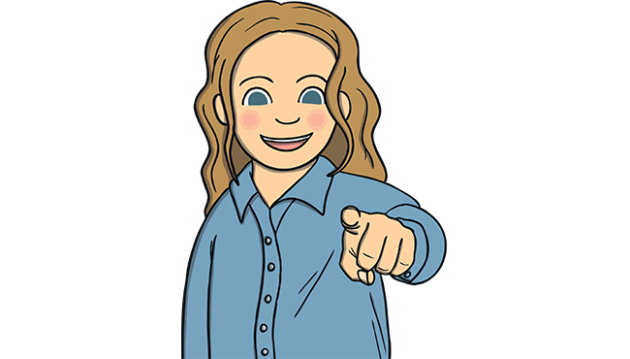

Third person describes any text that is written from the point of view of an outsider, often a completely detached narrator who is not part of the story or text. They might be simply reporting on events; they might give insights into each characters’ thoughts and emotions. Third person pronouns are used, such as he, she, it and they. Third person crops up in narratives as well as reports and other non-fiction texts.

Third person is explored in English lessons, both in texts your child will read and in the writing they’ll do too. During LKS2 (ages 7 - 9), they’ll learn the differences between first, second and third person and the associated pronouns and uses of each type of writing. Head over to the Twinkl Teaching Wiki for more information about third person writing.
Can your child tell the difference between first, second and third person writing? Have a browse through this fantastic PowerPoint to check. You could ask your child if they can think of any examples of each type of writing. Are they reading a book at the moment? What perspective is it written from? See if your child can have a go at these worksheets to practise using the different pronouns. Your child might be motivated to do some third person writing, such as a story or a non-chronological report. You can keep this pronoun chart poster close as a supporting resource.
 Home
Home  Membership
Membership  Customer Support
Customer Support  Create
Create  Blog
Blog 














![ESL Passive Voice Detective Story [Teens, B1-B2]](https://images.twinkl.co.uk/tw1n/image/private/t_{width}/image_repo/72/e5/t-e-1682603610-esl-passive-voice-detective-story-teens-b1-b2_ver_1.jpg)





